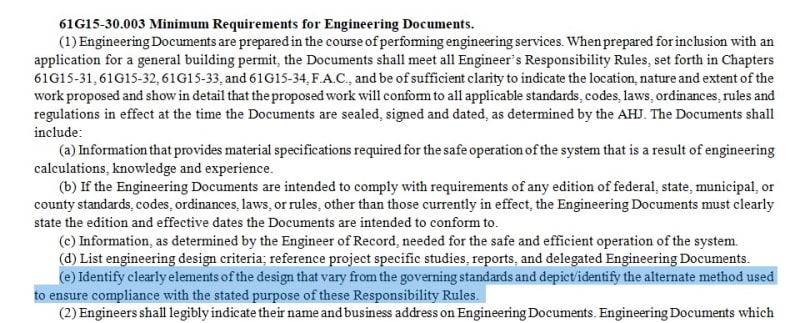I'm not going to agree that load factors have significant figures. They have two digits typically, sure, but I wouldn't go about truncating things to trick the numbers lower and make something work.
The significant figures should be based on the input data, so if you are placing rebar to the 1/4", there's 3 significant figures, at most. It is probably typical that things have 2 significant figures but taking a 132 and making it 100 seems really wrong to me. I could see 130.
The thing with tolerances is they aren't the same as significant figures. They don't work the same way, and capacity checks aren't tolerances. The load and the resistance have a variance to them, and the checks are intended to produce a reasonably low probability of failure where failure may not necessarily mean collapse or failure in the most traditional sense (sill plate crushing, deformation at a bolt hole, for example, slipping into bearing, "excessive" deflection, etc.
Justifiable Precision and Accuracy in Structural and Civil Engineering Computations, Sputo, this is perhaps what was published in Practice Periodical on Structural Design and Construction in
August 2005, though that has four contributors... including Thomas Sputo.
Personally I'd not have submitted an inadequate design, regardless of if there's a calculation package, particularly when it comes to bending or shear stress versus, say, deflection, or bearing stress/plate crushing which isn't as recognized as a life-safety issue, I suggest you re-size the beam.
A lot of these other suggestions sound like point shaving. Trying to manipulate the significant figures in favor of a deficient design.
There may be nuances in the design that would make it pass if your design software isn't quite right, definition of span, etc. Not taking shear d from the face of a wood beam's bearing condition and so forth, that's not the same thing as trying to put your thumb on the scale to make it work by putting down 12 psf dead load when the rest of the building is designed for 15 psf.
As a point of reference, Florida does have specific rules for this king of thing, where you deviate from the design standard and explain how and why, so you need to explicitly disclose such a deficiency.
"All deviations from Department criteria and standards must be uniquely
identified, located, and justified; no blanket approvals are given."
In the context of design engineering, I think it is best that these sort of plans where you obscure the engineering design criteria should be handled as "NOT FOR CONSTRUCTION" sets, but, having been involved in a fair number of projects that did get built off of "NOT FOR CONSTRUCTION/FOR PERMIT ONLY" drawings, well, this sort of thing is not actually within your control in the absolute sense. I don't endorse doing this.
This disciplinary ruling isn't all that on point, but it does reference FL 61G15-30.
ABBAS BORUJERDI, PE, PE No. 38553 – REPRIMAND, Case No. 2020010497
ROBERT T. HAUG, PE, PE No. 24575 – PROBATION, Case No. 2021021749 & 2020055905
